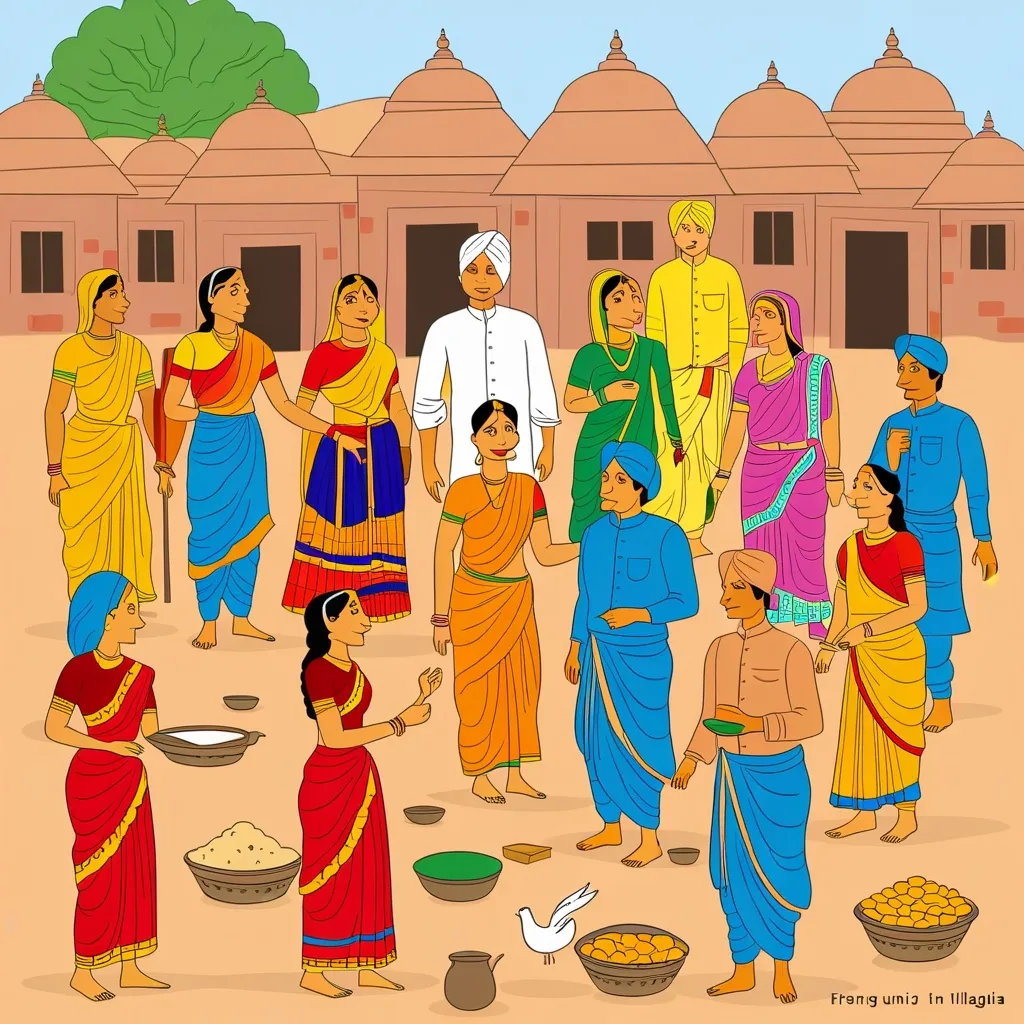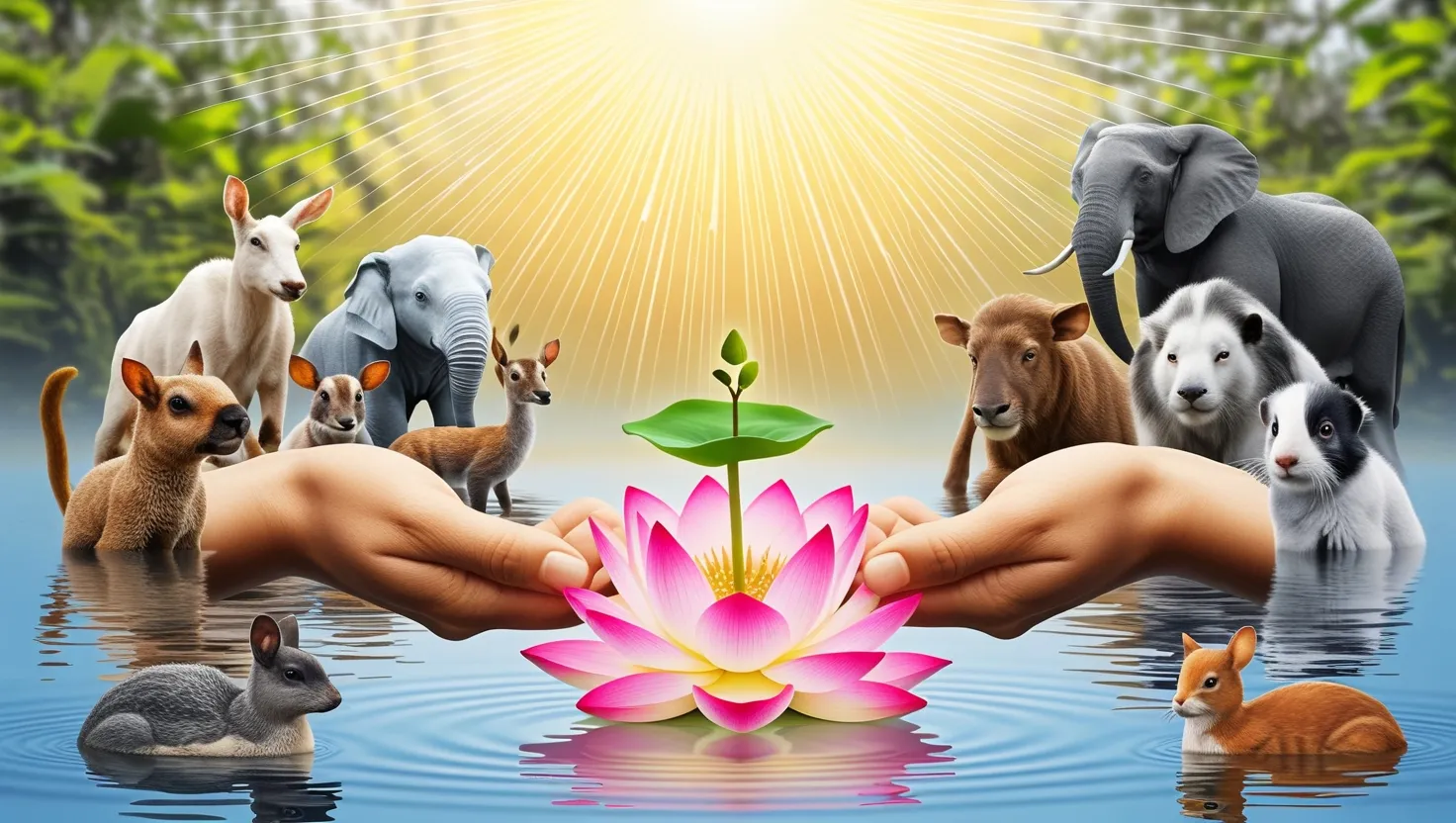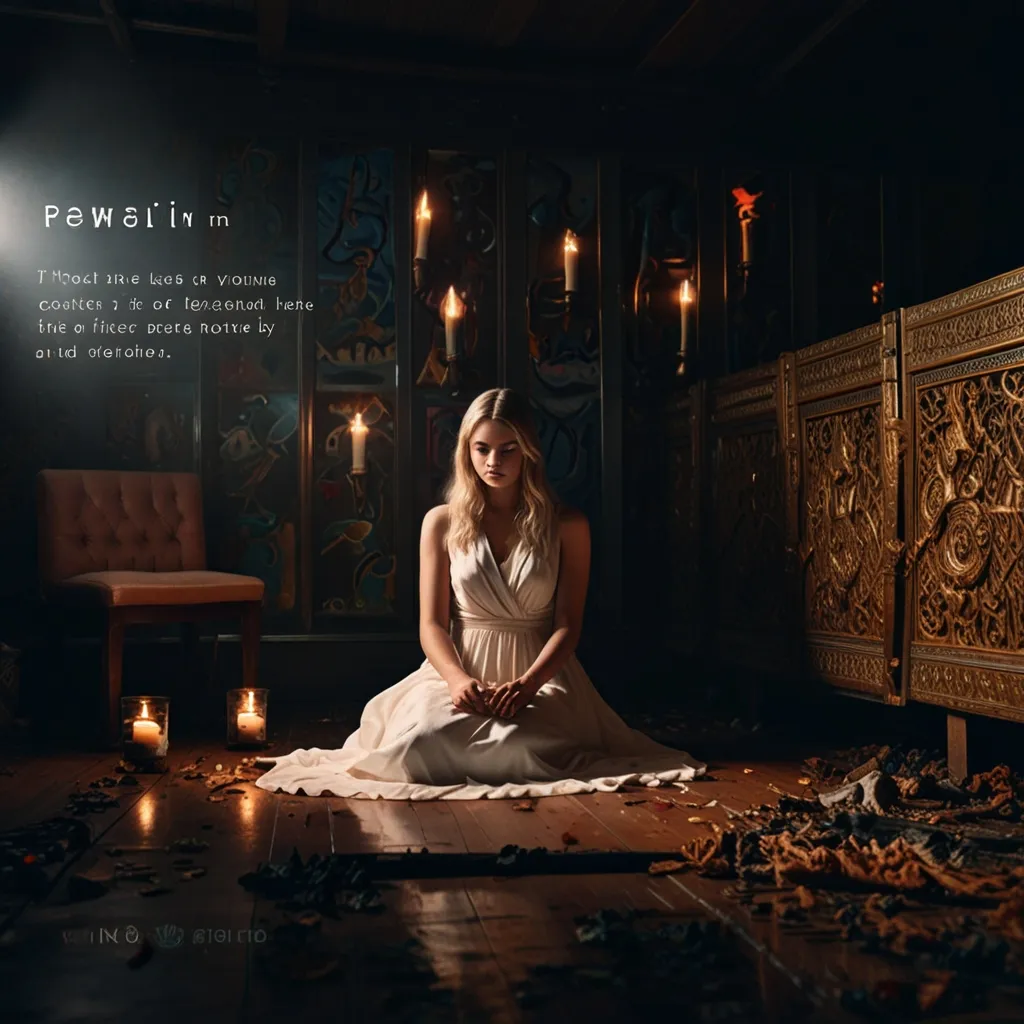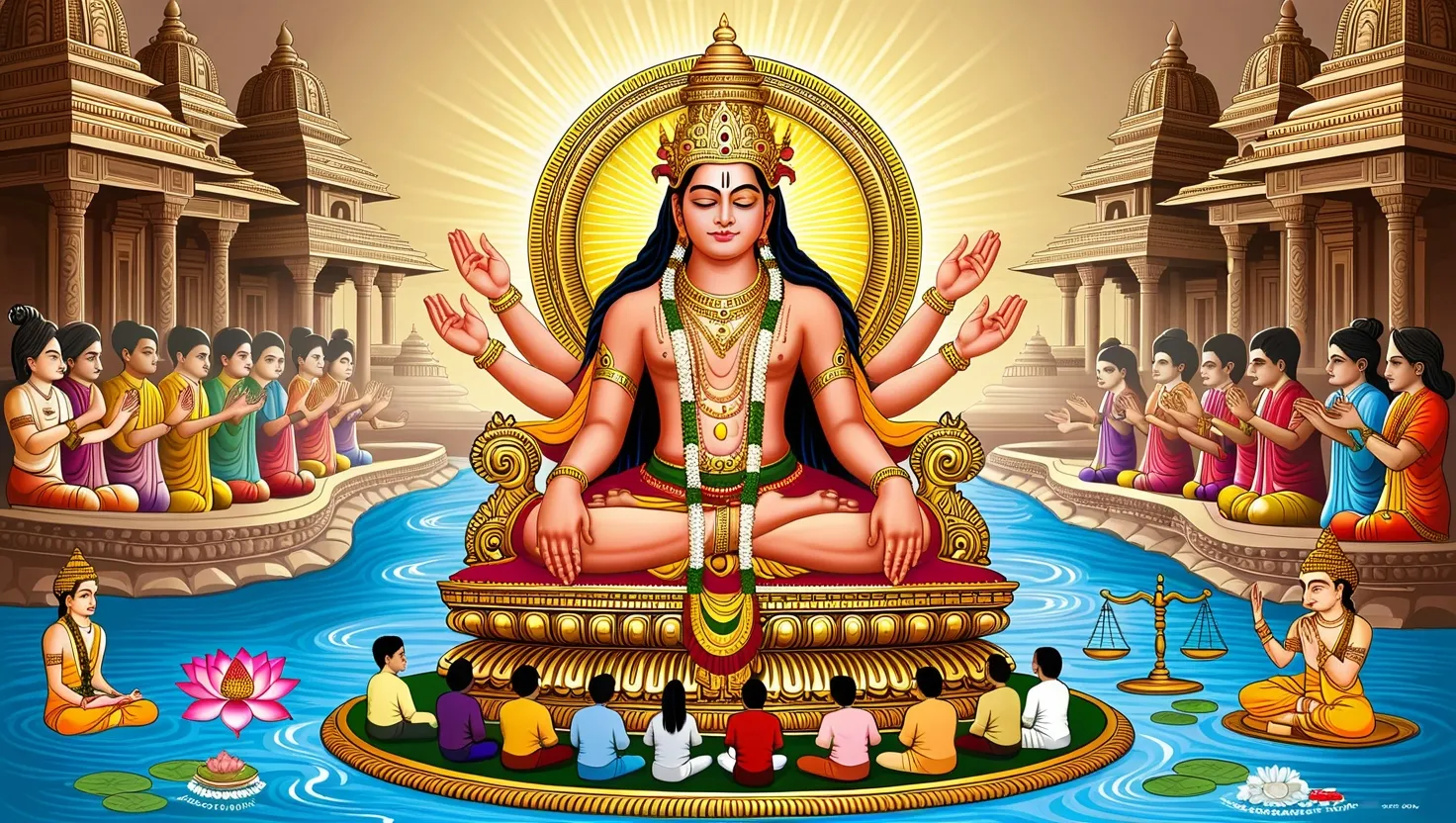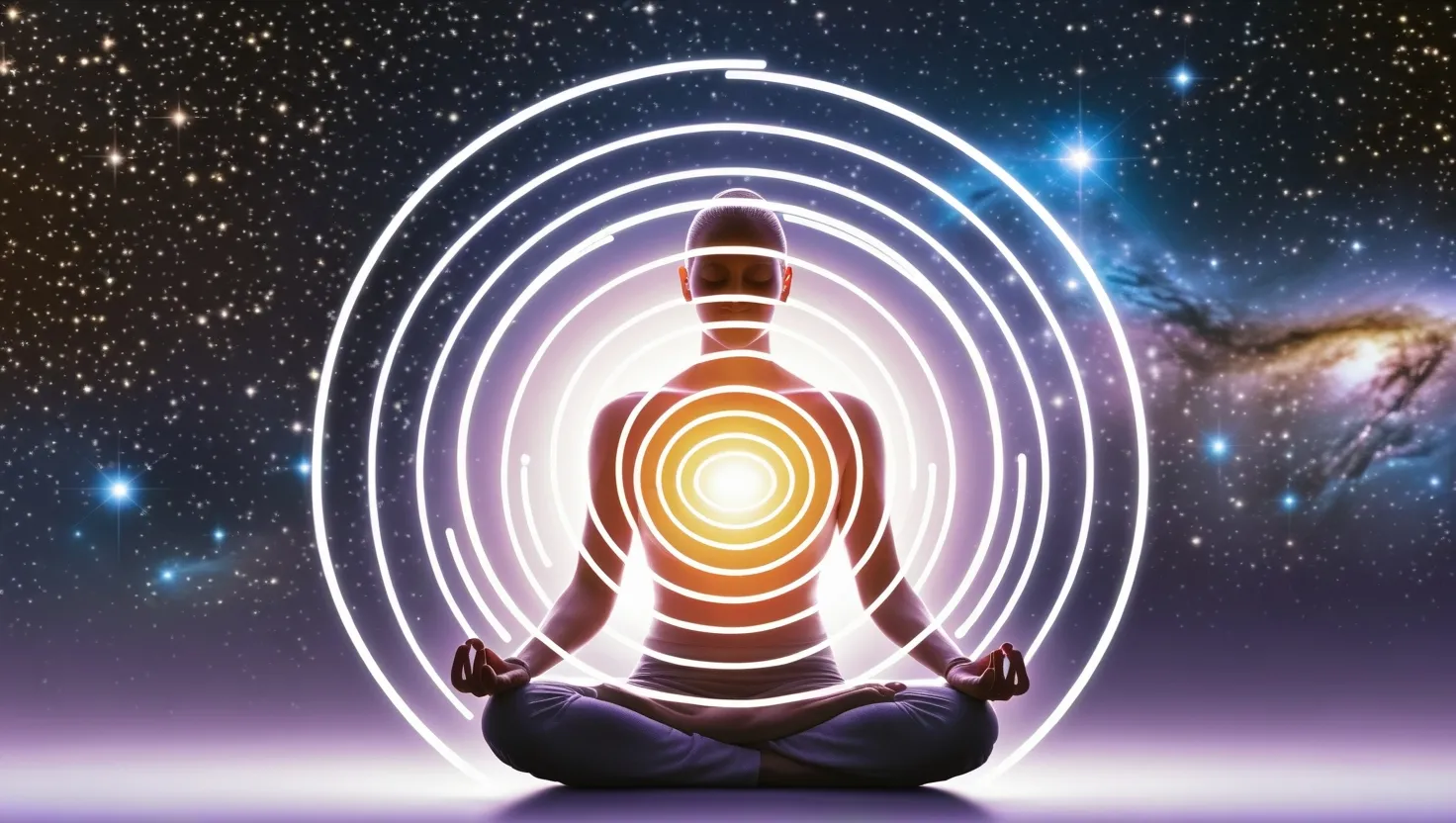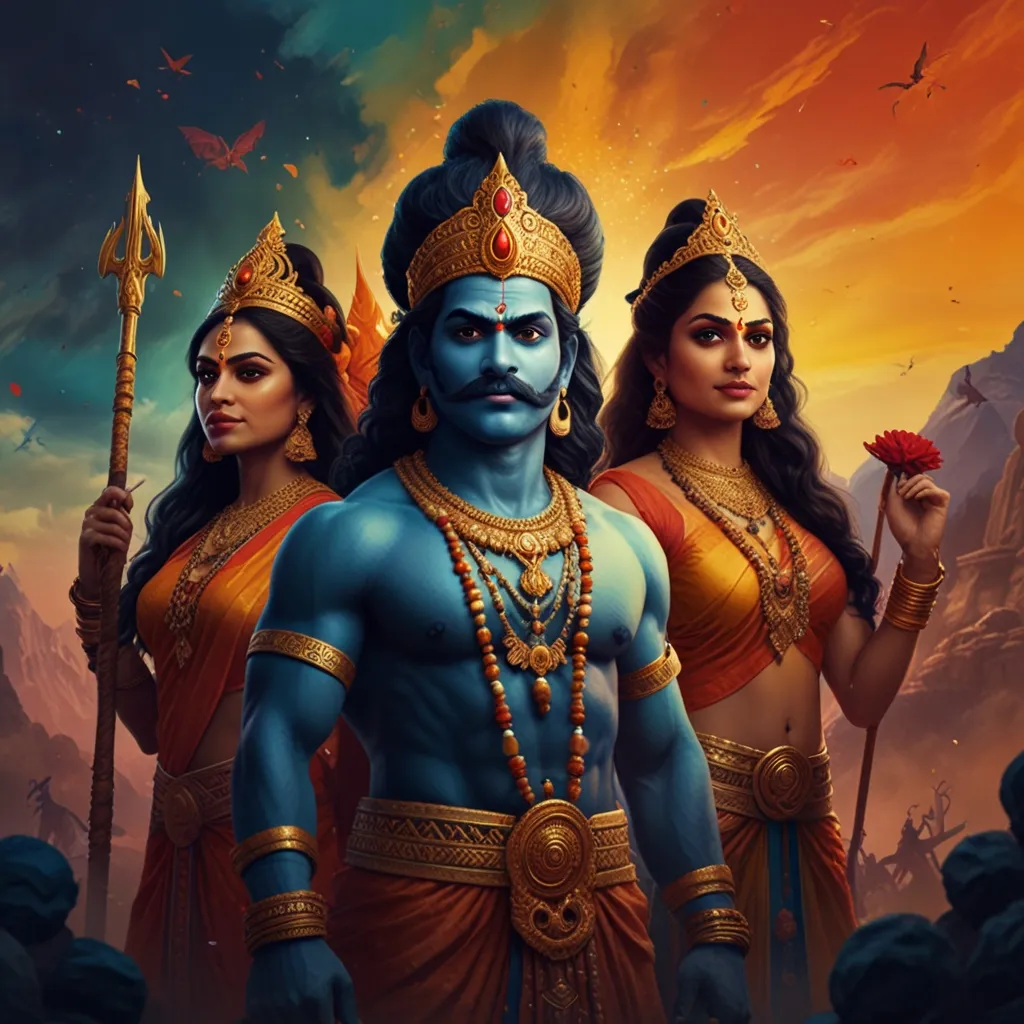The Indian Caste System: A Complex Web of Social Hierarchy
The Indian caste system is like a giant, intricate puzzle that’s been around for over 3,000 years. It’s not just some simple ladder of social status - it’s a whole world of rules, traditions, and beliefs that have shaped Indian society for centuries. Let’s dive into this fascinating, albeit controversial, aspect of Indian culture and history.
Imagine a society where your job, your friends, and even who you can marry are all decided the moment you’re born. That’s basically what the caste system was like for a long time. It divided people into four main groups, or “varnas,” each with its own role in society. At the top, you’ve got the Brahmins - the priests and scholars. Then come the Kshatriyas, the warriors and rulers. Next up are the Vaishyas, the traders and farmers. And at the bottom, you’ve got the Shudras, who did all the manual labor.
But hold on, it gets even more complicated. These four main castes? They’re just the tip of the iceberg. There are thousands of sub-castes, each with its own specific job and place in society. It’s like a massive family tree, but instead of relatives, you’ve got different occupations and social statuses.
Now, you might be wondering, “How did this whole system start?” Well, according to Hindu mythology, it all began with the god Brahma. The story goes that the four main castes came from different parts of his body - Brahmins from his head, Kshatriyas from his arms, Vaishyas from his thighs, and Shudras from his feet. It’s a pretty creative origin story, right?
But here’s where things get really interesting. This system wasn’t always as rigid as it became later on. Before the British came along, people could actually move between castes more easily. It was more like a fluid social structure than a set-in-stone hierarchy. But then the British arrived, and in their quest to understand and govern India, they started categorizing everyone into neat little boxes. They used censuses to assign people to the four main castes, which kind of froze the system in place.
Let’s talk about how this system affected people’s daily lives. For centuries, your caste determined pretty much everything about you. Your job? That was decided by your caste. Who you could marry? Yep, that too. Even where you could live and who you could eat with was all based on your caste. It was like being born into a role that you had to play for your entire life.
The most extreme example of this was the group called the “untouchables” or Dalits. These folks were considered so low that they weren’t even part of the main caste system. They had to do the jobs that nobody else wanted, like handling dead bodies or cleaning sewers. And get this - they were considered so “impure” that higher caste people wouldn’t even touch them or let their shadow fall on them. It’s hard to imagine living in a world like that, isn’t it?
But it wasn’t just about jobs and social interactions. The caste system also came with a whole set of beliefs about morality and virtue. People thought that if you were born into a high caste, it meant you were naturally more intelligent, moral, and virtuous. On the flip side, if you were born into a low caste, people assumed you were naturally less intelligent and moral. It’s like your birth determined not just your social status, but your very character.
Now, you might be thinking, “How did people justify this system?” Well, that’s where the concepts of karma and dharma come in. Many people believed that your caste in this life was a result of your actions in past lives. So if you were born a Brahmin, it was because you’d done good things in your previous life. And if you were born a Shudra or an untouchable, well, you must have done something pretty bad in your past life to deserve that.
But here’s the thing - India’s been changing, and so has the caste system. When India gained independence in 1947, the new government made discrimination based on caste illegal. They even introduced something called “affirmative action,” which gives special opportunities to people from historically disadvantaged castes. It’s like they’re trying to level the playing field after centuries of inequality.
And you know what? It’s been making a difference. There are now Dalit politicians, business leaders, and even a former President of India. It just goes to show that with determination and the right opportunities, people can overcome the barriers of their birth.
Cities have been a big part of this change too. In urban areas, you’ll often find people of different castes living side by side, working together, and even marrying each other. It’s not perfect, and there’s still a long way to go, but it’s a far cry from the rigid segregation of the past.
Education has been another game-changer. As more people get access to good schools and universities, they’re able to pursue careers based on their talents and interests, not just what their caste dictates. It’s opening up a whole new world of possibilities for people who would have been stuck in their traditional roles in the past.
But let’s not get ahead of ourselves. The caste system is still a big deal in India, especially in rural areas. Inter-caste marriages are still pretty rare, and many people face discrimination based on their caste. It’s like trying to uproot a tree that’s been growing for thousands of years - it’s not going to happen overnight.
And here’s another interesting thing - the caste system isn’t the same everywhere in India. Different regions and communities have their own versions of it. In some places, the Kshatriyas might be at the top instead of the Brahmins. In others, the Vaishyas might hold the most power. It’s like each area has its own unique flavor of the caste system.
So, what’s the takeaway from all this? Well, the Indian caste system is a lot more complex than most people realize. It’s not just a simple hierarchy, but a whole system of social, moral, and occupational norms that have evolved over thousands of years. It’s been a source of terrible injustice and discrimination, but it’s also a system that’s slowly changing.
Understanding the caste system means looking at its history, its ideology, and the personal stories of people who’ve been affected by it. It means recognizing both the harm it’s caused and the resilience of those who’ve fought against it. And most importantly, it means acknowledging that change is possible, even if it’s slow and difficult.
As India continues to modernize and globalize, the future of the caste system remains uncertain. Will it eventually disappear completely, or will it evolve into something new? Only time will tell. But one thing’s for sure - the story of the Indian caste system is far from over. It’s a living, breathing part of Indian society that continues to shape lives and spark debates to this day.
So next time you hear about the Indian caste system, remember - it’s not just some ancient relic or a simple social ladder. It’s a complex, evolving part of one of the world’s oldest and most diverse cultures. And whether you see it as a fascinating cultural phenomenon or a troubling source of inequality (or both), there’s no denying its profound impact on Indian society.
